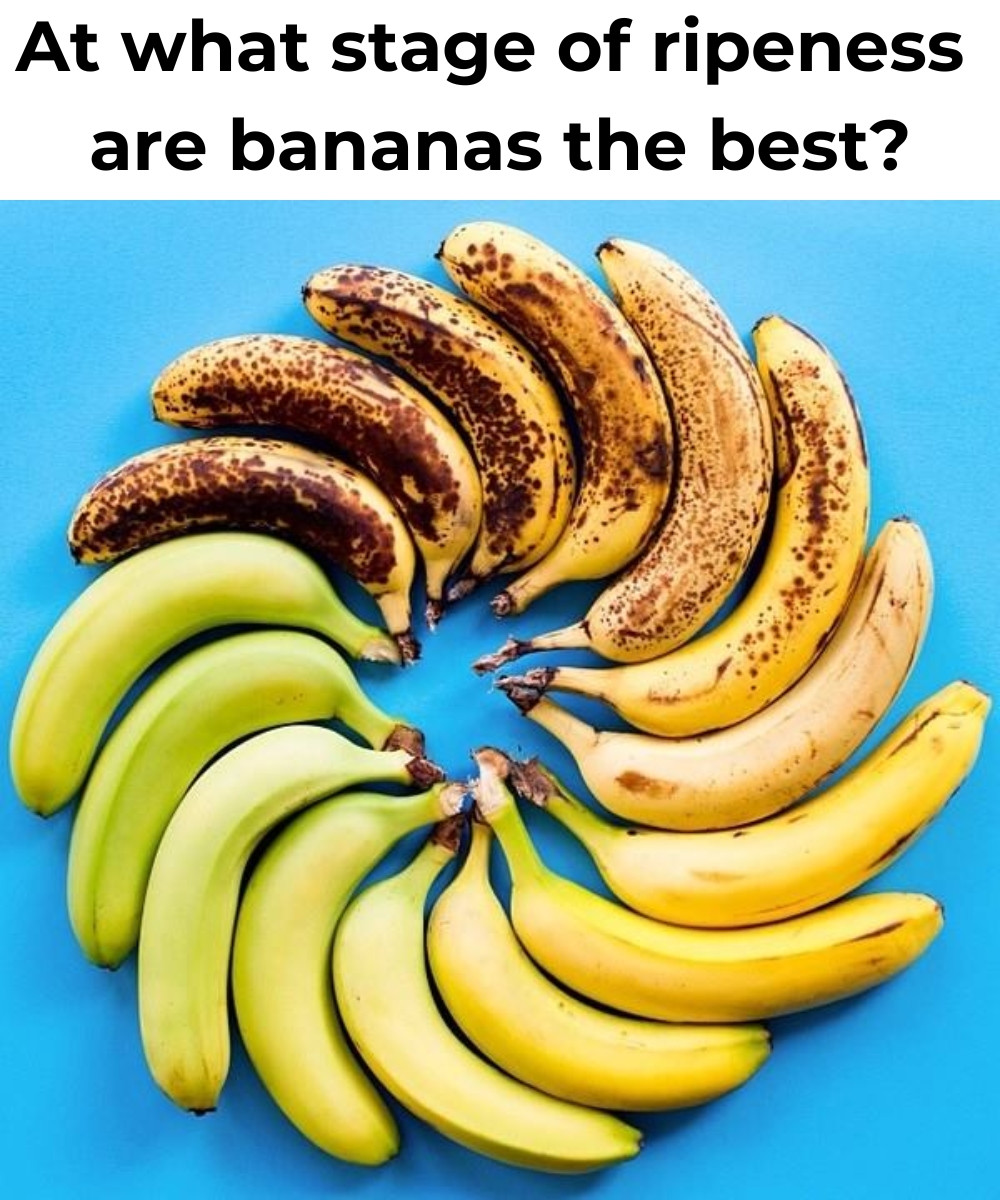Bananas aren’t just delicious—they’re smart fuel for your body. From firm and green to soft and speckled, the ripeness of a banana actually determines what kind of benefits it delivers. Whether you’re craving energy, fiber, or antioxidants, there’s a perfect banana for that.
Let’s peel back the science behind every stage of this beloved fruit. 👇
💚 Green Bananas: Gut-Friendly & Low in Sugar
If you’re focused on blood sugar control or digestive health, green bananas are your best friend.
Benefits:
-
High in resistant starch: This acts like fiber and slows digestion
-
Helps stabilize blood sugar: Great for people managing glucose
-
Feeds gut bacteria: Supports a healthy microbiome
💡 Up to 90% of the carbs in a green banana are resistant starch, according to nutritionist Rhiannon Lambert. As the banana ripens, this starch turns into sugar. So if you want slower energy release and better blood sugar balance, reach for green!
💛 Yellow Bananas: Balanced Energy & Easy Digestion
As bananas ripen and turn yellow, starch breaks down into natural sugars, making them gentler on the stomach.
Benefits:
-
Easier to digest: Great for sensitive stomachs
-
Rich in potassium: Supports heart and muscle function
-
Balanced nutrition: Vitamins, fiber, and quick energy
Yellow bananas are the go-to snack for a midday pick-me-up or pre-workout boost. They strike the perfect balance between sweetness and substance.
🤎 Brown-Spotted Bananas: Sweet & Antioxidant-Rich
When your banana gets brown spots, don’t toss it—embrace it! This is when the fruit reaches peak antioxidant power.
Benefits:
-
High in antioxidants: Helps fight free radicals and inflammation
-
May support immune function: Contains TNF (Tumor Necrosis Factor)
-
Great for smoothies & baking: Naturally sweet and soft
✨ Fun fact: Brown-spotted bananas have the most antioxidant activity, according to studies cited by Spoon University. Just keep in mind they’re also highest in sugar.
🧠 Which Banana Should You Eat?
Here’s a quick cheat sheet:
